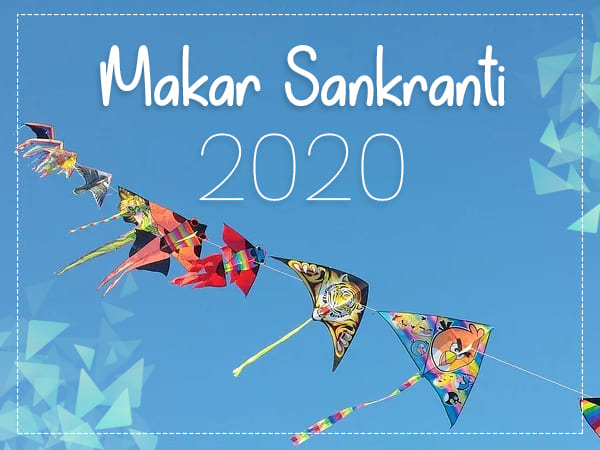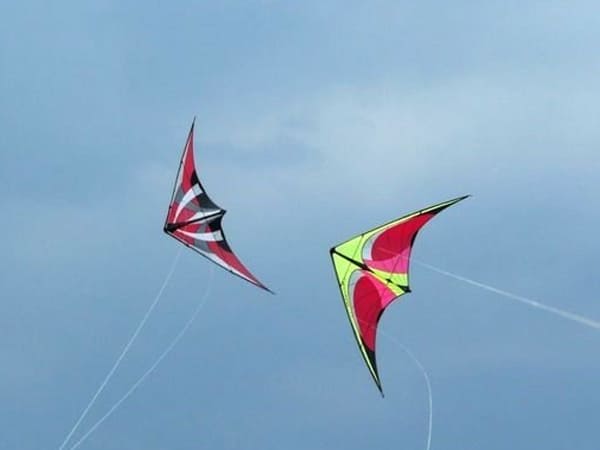Just In
- 1 hr ago

- 2 hrs ago

- 3 hrs ago

- 11 hrs ago

Don't Miss
- News
 PM Modi Has Done An Unbelievable Job In India: JP Morgan CEO Jamie Dimon
PM Modi Has Done An Unbelievable Job In India: JP Morgan CEO Jamie Dimon - Finance
 Rs. 60/Share Dividend: Record Date On 28 June; Buy The Bajaj Group Stock For 600% Payout?
Rs. 60/Share Dividend: Record Date On 28 June; Buy The Bajaj Group Stock For 600% Payout? - Automobiles
 New Features Of The Ultraviolette F77 Mach 2: Uniting Performance, Safety, And Technology
New Features Of The Ultraviolette F77 Mach 2: Uniting Performance, Safety, And Technology - Sports
 IPL 2024: Why did Rishabh Pant Apologize to Cameraperson after GT victory?
IPL 2024: Why did Rishabh Pant Apologize to Cameraperson after GT victory? - Movies
 Aadujeevitham Box Office Collection Day 29 Prediction: Strong Overall Performance Amidst Recent Decline
Aadujeevitham Box Office Collection Day 29 Prediction: Strong Overall Performance Amidst Recent Decline - Education
 JEE Main Result 2024 Out, Telangana's 15 Toppers Shine, Check Statewise List of 56 Candidates with Perfect 100
JEE Main Result 2024 Out, Telangana's 15 Toppers Shine, Check Statewise List of 56 Candidates with Perfect 100 - Travel
 Escape to Kalimpong, Gangtok, and Darjeeling with IRCTC's Tour Package; Check Itinerary
Escape to Kalimpong, Gangtok, and Darjeeling with IRCTC's Tour Package; Check Itinerary - Technology
 OPPO Find X7 Ultra Camera Deep-Dive: Pushing the Boundaries of Photography on a Smartphone
OPPO Find X7 Ultra Camera Deep-Dive: Pushing the Boundaries of Photography on a Smartphone
Makar Sankranti 2020: 11 Facts About The Kite Flying Festival
Makar Sankranti is the festival that brings joy and enjoyment, especially among farmers who look forward to harvesting their rabi crops. The festival marks the end of chilly winter days and the arrival of longer days. This year Makar Sankranti will be celebrated on 15 January 2020 all over the country. In some parts of the country, the festival is known with different names such as Pongal in southern India and Lohri in northern parts of India. It is also known as Uttrayan which means the movement of Sun towards Earth's northern hemisphere. On the occasion of Makar Sankranti, people celebrate this day by organising Kite-Flying competition.

In fact, kite-flying is at the peak during the mid-January and goes on for weeks. People, especially children and youth become quite enthusiastic about flying kites. So now let us know some of the interesting facts about this kite-flying activity.
Also read: Here's The Reason Why You Must Not Offer Turmeric To Lord Shiva
1. Makar Sankranti has been derived from two words namely, Makar (Capricorn zodiac sign) and Sankranti (change). According to the Gregorian calendar, the Sun shifts to Capricorn zodiac sign and moves towards North. This gives way to longer and warmer days. It is considered to be an auspicious day for Hindus.
2. Kite signifies high aspiration and elevated vision. It is said that one should aim high like a kite and soar high in the sky against all odds.
3. It is believed that while flying kites on the morning of Makar Sankranti, a human's body is exposed in the Sun which helps in absorbing vitamin D from the sun rays.
4. Earlier, Kites were used by soldiers as a medium to convey their secret messages. They also used it for measuring the distance of their enemies' camps.
5. For the kite-flying competition, a special type of string known as Manja is created. Manja which is also known as Manjha is created using cotton threads. These cotton threads are then coated with powdered glass and tree gums.
6. The reason behind coating the Manja with glass powder is to help in cutting down the kites during the competition.
7. While flying kites, people often cut each other's kites in order to win the competition. The flyer whose kites remain flying in the sky for a longer time wins the competition. Once a kite is cut, it eventually starts falling down. It is then people run to collect the cut-down kites. This is known as kite running.

8. One can use only cotton threads for kite string. However, simple cotton strings are not capable of cutting down the competing kites.
9. In Gujarat, several competitions are held and people belonging to all age groups participate in these kite flying competitions. In fact, the competitions are organised on an international level and people across the world come to participate in this kite flying competition.
10. These days several chemical-based Manja are being sold in the market. These are also known as 'Chinese Manja' as they are prepared in China. This Manja is non-biodegradable and won't break easily.
Also read: Makar Sankranti 2020: 10 Quotes And Wishes You Can Send To Your Loved Ones
11. These chemical Manja often harm the flying birds. Since the Manja is nearly invisible in the clear sky, birds fall prey to this Manja. Due to this, they often hurt their wings after which they face difficulty in flying.
-
 festivalsMakar Sankranti 2020: Date, Muhurta, Rituals And Significance
festivalsMakar Sankranti 2020: Date, Muhurta, Rituals And Significance -
 bollywood wardrobeMakar Sankranti 2020: Madhuri Dixit Nene And Other Divas Have Yellow Sari Goals
bollywood wardrobeMakar Sankranti 2020: Madhuri Dixit Nene And Other Divas Have Yellow Sari Goals -
 vegetarianMakar Sankranti 2022: Aval And Ghee Pongal Recipe That You Can Easily Prepare At Your Home
vegetarianMakar Sankranti 2022: Aval And Ghee Pongal Recipe That You Can Easily Prepare At Your Home -
 decorPongal 2020: How To Clean Your House And Prepare It For This Special Day
decorPongal 2020: How To Clean Your House And Prepare It For This Special Day -
 maincoursePongal 2020: Main course Dishes That Are Simple To Make And Are Tasty Too
maincoursePongal 2020: Main course Dishes That Are Simple To Make And Are Tasty Too -
 indian sweetsMakar Sankranti 2020: This Dudh Puli Pitha Recipe Will Be A Delight On Your Taste Buds
indian sweetsMakar Sankranti 2020: This Dudh Puli Pitha Recipe Will Be A Delight On Your Taste Buds -
 indian sweetsMakar Sankranti 2020: Delicious Tilkut Recipe That You Can Prepare Easily At Your Home
indian sweetsMakar Sankranti 2020: Delicious Tilkut Recipe That You Can Prepare Easily At Your Home -
 marriage and beyondPongal 2020: Gift Ideas That Will Put A Smile On Your Loved Ones Face
marriage and beyondPongal 2020: Gift Ideas That Will Put A Smile On Your Loved Ones Face -
 riceMakar Sankranti 2020: This South Indian Butter Pongal Recipe Will Surely Make You Drool
riceMakar Sankranti 2020: This South Indian Butter Pongal Recipe Will Surely Make You Drool -
 break fastMakar Sankranti 2020: Easy Oats Pongal Recipe For Breakfast That You Can Make In Your Home
break fastMakar Sankranti 2020: Easy Oats Pongal Recipe For Breakfast That You Can Make In Your Home -
 indian sweetsMakar Sankranti 2020: Simple And Delicious Sweet Recipes That You Can Prepare For Your Loved Ones
indian sweetsMakar Sankranti 2020: Simple And Delicious Sweet Recipes That You Can Prepare For Your Loved Ones -
 indian sweetsPongal 2020: Try This Mouth-Watering Dessert At Your Home On This Special Day
indian sweetsPongal 2020: Try This Mouth-Watering Dessert At Your Home On This Special Day


 Click it and Unblock the Notifications
Click it and Unblock the Notifications



